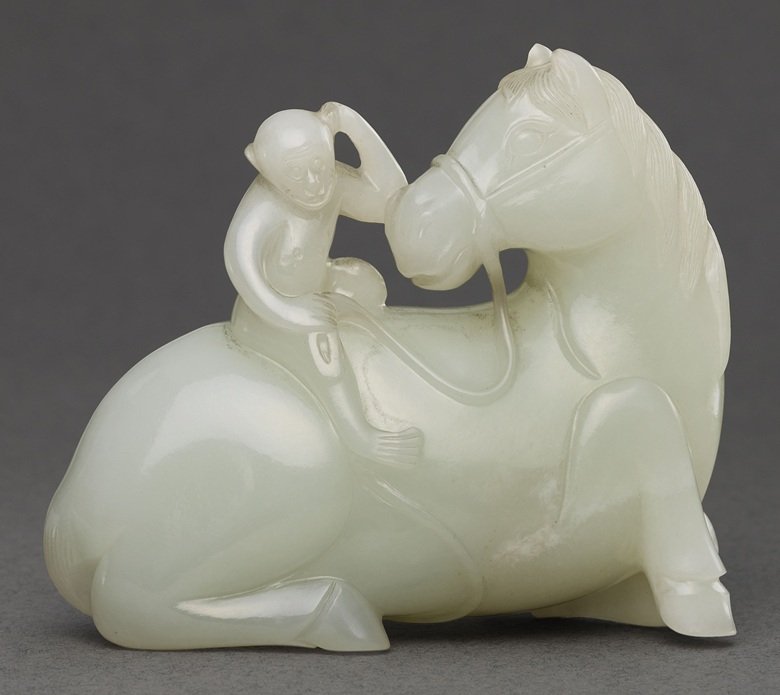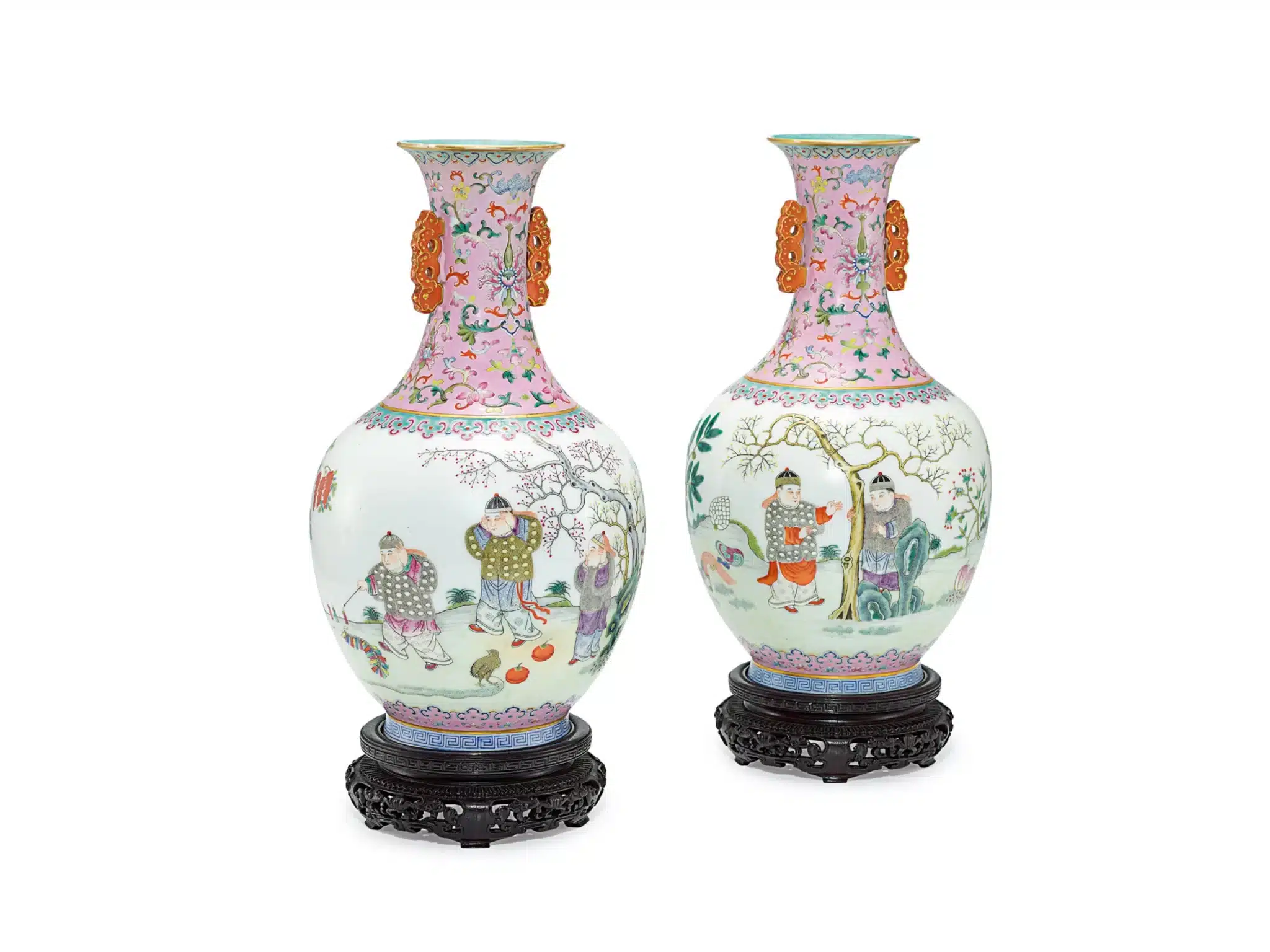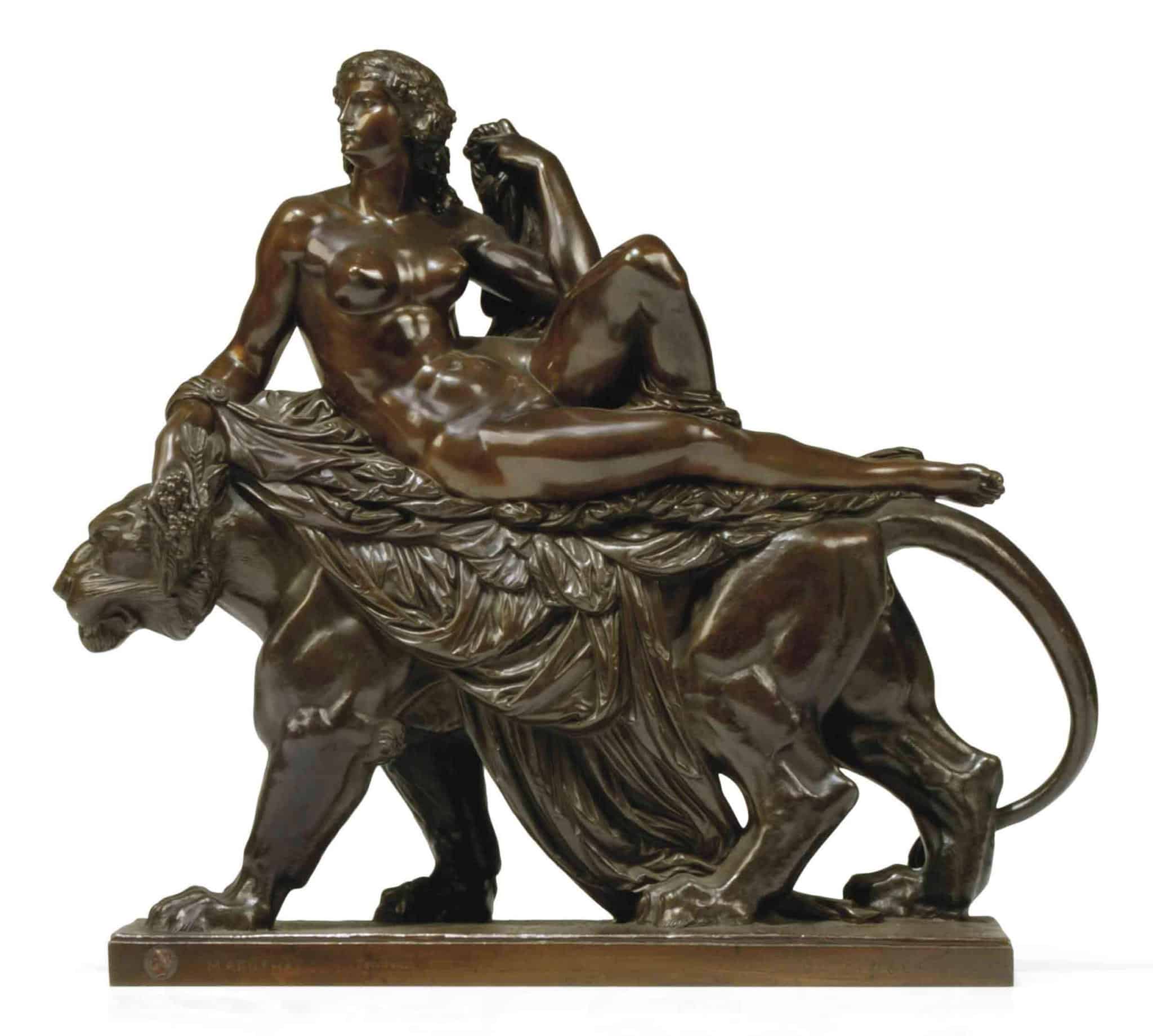
Collecting Chinese jade
Collecting Chinese jade
While it may not be as well known as emeralds or diamonds, jade is a versatile mineral with a value equal to a number of gemstones if presented properly. Jade comes in a number of grades and colors, and can be found in various parts of the world. Since its accidental discovery by prehistoric man thousands of years ago, jade has been used for everything from axe blades to jewelry to coffin decorations around the globe.
But one part of the world has become synonymous with ornamental and exquisite jade items that include jewelry, masks, and statues. Some of the most desirable types of jade have been located in what are now the present day countries of mainland China, Myanmar (Burma), and India. The jade type known as nephrite has been mined from locations in these countries since 6000 B.C.. Jade can range in color from white to lavender. Jade was considered for thousands of years to have both medicinal and supernatural properties in Chinese culture, and was believed to be more valuable than either gold or silver.
In Europe, its most valuable hue has been considered green. This hue is produced by a jade type known as jaderite. Green jaderite hues range from translucent to very dark, and it was the preferred color for many artists working in Europe for generations. However in China itself, the prized jade strain for most artisans was nephrite. Described as “white mutton fat” in its unworked appearance, this pale jade has been a Chinese favorite since probably Neolithic times. Chinese jade art historically has been done in many other hues as well, including the famous “jade green”.
Historic
In addition to working with a wider range of hues than European craftsmen using jade, Chinese artists produced distinctive pieces for a much longer historical period.
Neolithic Period (3rd Millennium, B.C.)
Chinese jade pieces from this period tend to be very unelaborate. Two examples would be the bi and the cong. The bi was a circular disk with a hole in the center, and the cong was a vase or jar that was square in appearance on the outside, with a circular interior. Both examples were quite unadorned in their earliest forms, but were increasingly decorated as this period progressed. Other examples of surviving Chinese jade work from this period include outsized axe and knife blades. Since these pieces serve no practical purpose, it’s believed that they were used for ritual events.
Han, Zhou, Shang Dynasties (1046-1500 B.C)
As reigns came and went, simple jade objects like the bi remained in use, but more practical items came into use as well, such as attachable jade belt hooks. Jade artisans began adding more and more animal and plant images to their work. And artists began using jade itself as a kind of canvas, carving scenery and portraits into them. Jade has always been considered to have healing properties. And beginning in the Han Dynasty, members of the royal family were buried in suits made of jade, held together with gold thread.
Liu Song, Tang Dynasties (5-9 A.D.)
Elaborately drawn and carved dragon motifs are making an appearance during these periods, and that includes jade. Still surviving in a number of collections are carved dragon belt loops and belt plaques (buckles). Other jade figurines with purely ornamental purposes were found in royal tombs.
Yuan, Ming Dynasties (12-16 A.D.)
While jade remained a valuable stone, more practical uses for it emerged. Flowers (especially peonies) became increasingly popular on jade objects, and pieces found in collections include cups, hair ornaments, and brush holders.
The Decline Of jade
Great upheavals beginning in the Han Dynasty meant the start of the end of large quantities of jade objects being produced. While jade still had significant importance in Chinese culture, it began to be supplanted by gold, silver, and other materials introduced with exposure to Western societies.
How we can help
The price of jade has again surged in the last few years, with Chinese middle class buyers being especially interested in acquiring pieces as an investment. While jade prices can vary widely due to age and quality and hue of stone, an antique Chinese jade San Diego buyer can help those desiring to sell collections by:
Authenticating Collections
After Chinese/United States relations were reestablished in the 1970s, many “priceless” jade collections flooded the U.S.. Many of these “antiques” were actually glass. Expert antique buyers can help sellers determine authenticity quickly and know what features to look for to get the best prices.
Establishing Provenance
Even small pieces from foreign collections are now coming under increasing international scrutiny as to ownership. Antique buyers can help sellers with research to avoid conflict and ascertain ownership before sales are made.
The timeless beauty and artistry of antique Chinese jade means that it has value both as a collection and a sales item. Talk to a antique Chinese jade San Diego buyer to see how to get the most from your investment.




